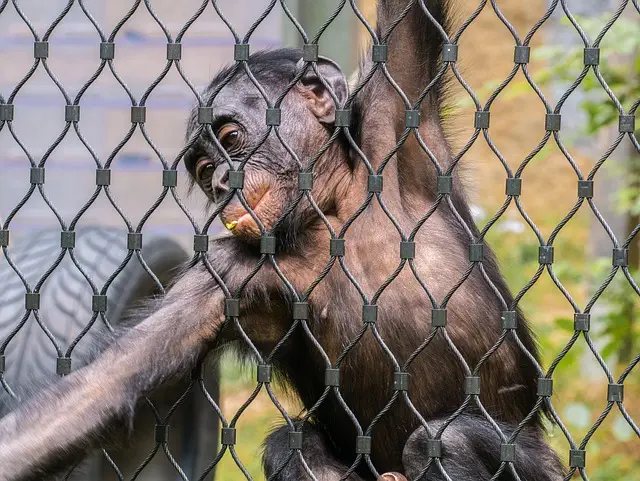Vietnam's ideal climate and soil conditions make it a premier kratom grow zone, producing high-quality mitragyna speciosa (kratom) leaves. Despite challenges like inconsistent cultivation and environmental concerns, strategic initiatives focusing on sustainable farming practices, native varieties, and robust regulations could establish Vietnam as a leading global kratom supplier, addressing both domestic and international market demands.
“Vietnam has emerged as a prominent player in the global kratom market, with its lush landscapes offering an ideal kratom grow zone. This article delves into the country’s role in producing high-quality kratom leaves, exploring optimal climate and soil conditions that foster their growth. We also examine challenges and future prospects for kratom farming in Vietnam, providing insights into a rapidly evolving industry within its unique agricultural sector.”
- Understanding Vietnam's Role in Kratom Production
- The Optimal Climate and Soil Conditions for Kratom Growth
- Challenges and Future Prospects of Kratom Farming in Vietnam's Grow Zone
Understanding Vietnam's Role in Kratom Production

Vietnam has established itself as a prominent player in the global kratom market, renowned for its ideal growing conditions and high-quality kratom leaves. The country’s tropical climate, abundant rainfall, and fertile soil create the perfect environment for kratom plants to thrive. This, coupled with centuries of traditional knowledge about cultivating and harvesting herbs, has made Vietnam a top kratom grow zone.
Local farmers in Vietnam have honed their skills in growing mitragyna speciosa, the plant from which kratom is derived, using sustainable practices that preserve both quality and yield. The country’s vast agricultural sector and favorable geography contribute significantly to its dominance in the kratom production industry, catering to both domestic and international demand for this versatile herb.
The Optimal Climate and Soil Conditions for Kratom Growth

Vietnam, renowned for its lush landscapes and diverse ecosystems, provides an ideal environment for Kratom (Mitragyna speciosa) cultivation. The optimal climate for Kratom growth typically lies between 20-30°C with high humidity, mimicking the natural habitats found in Southeast Asia. This tropical climate is crucial for the plant’s development, allowing it to flourish in rich, well-drained soil. The kratom grow zone, as it’s often called, should offer ample sunlight exposure during the day and a consistent temperature range to encourage robust leaf growth.
Soil conditions play a significant role in Kratom cultivation. Loamy soil with a slightly acidic pH level between 5.5 and 7 is preferred, ensuring proper nutrient absorption. Regular fertilization can further enhance leaf development, but it’s essential to maintain a balanced approach to avoid burning the delicate plant. The ideal growing medium should also be able to retain moisture, promoting healthy root growth and overall plant vitality.
Challenges and Future Prospects of Kratom Farming in Vietnam's Grow Zone

Vietnam, known for its lush landscapes and diverse ecosystems, has emerged as a significant player in the global kratom market. However, the country’s kratom farming sector faces several challenges within its designated grow zones. One of the primary hurdles is the lack of standardized cultivation practices, leading to inconsistent quality and purity of kratom leaves. This issue hinders Vietnam from meeting international standards and expanding its market reach. Additionally, the potential environmental impact of extensive kratom cultivation requires careful consideration, as it can strain local ecosystems if not managed sustainably.
Looking ahead, there is a promising future for kratom farming in Vietnam’s grow zones with the right strategies in place. Adopting scientific cultivation methods and implementing sustainable practices can ensure high-quality production while preserving the environment. Furthermore, establishing robust regulatory frameworks and promoting research into kratom varieties native to Vietnam could open doors to new opportunities in both domestic and international markets. By addressing these challenges head-on, Vietnam has the potential to become a leader in sustainable kratom cultivation, securing its place as a trusted supplier of high-quality kratom leaves worldwide.
Vietnam’s position as a prominent player in the global kratom market is undeniable, thanks to its optimal climate and soil conditions for kratom growth. The country’s kratom grow zone offers ideal environments for high-quality production. However, challenges such as regulatory hurdles and environmental concerns require careful attention to ensure sustainable farming practices. By addressing these issues, Vietnam can continue to thrive in the industry, providing top-tier kratom leaves while maintaining ecological balance within its kratom grow zone.






